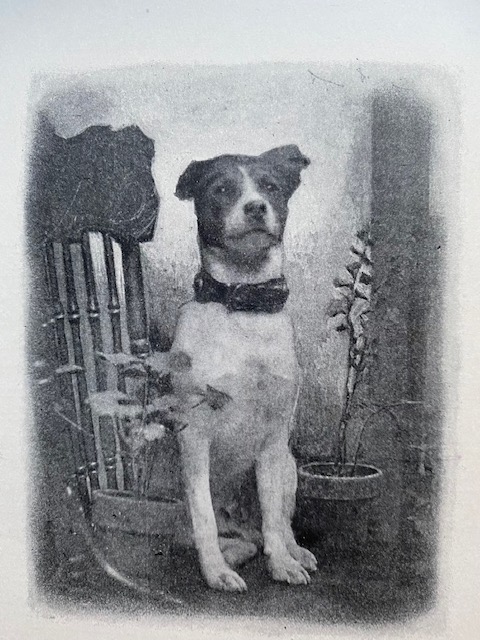
At 10:50 a.m. on February 7, 1904, Fire Patrolman Archibald McAllister discovered smoke coming from the basement of the wholesale dry goods house of John E. Hurst and Company in downtown Baltimore, Maryland. Ten minutes after he turned in an alarm, the roof and floors of the Hurst building had fallen.
By the time firemen arrived, the building was engulfed in flames, and the harbor winds were fanning the fire toward the downtown district. For more than two days the fire raged eastward, consuming an area of more than 140 acres, destroying fifteen hundred office and manufacturing buildings, and leaving twenty-four blocks of Baltimore’s business district “a graveyard of smoking black embers.”
As the fire spread, Baltimore Fire Chief George W. Horton sent telegrams to Washington and Philadelphia requesting the neighboring cities to rush all available apparatus to his city. The following day, David J. Smyth, Philadelphia’s Director of Public Safety, contacted FDNY Acting Fire Chief Charles Washington Kruger at his headquarters on Great Jones Street with Engine 33. He explained that Philadelphia’s fire engines were incompatible with Baltimore’s salt-water hydrants, and all help was needed.
With orders from New York City Mayor George B. McClellan, who told the chief to round up as many engine companies as he thought he could spare, Chief Kruger alerted the Pennsylvania Railroad and Jersey Central that flat cars would be needed at a moment’s notice. Then he assigned the following companies to the Baltimore detail: Engine 5 on East 14th Street, Engine 7 on Charles Street, Engine 12 on William Street, Engine 13 on Wooster Street, Engine 16 on East 25th Street, Engine 26 on West 37th, Engine 27 on Franklin Street, Engine 31 on Elm (Lafayette) Street, Engine 33 on Great Jones Street, and Ladder 6 on Charles Street.
The first six companies were under the command of First Battalion Chief John P. Howe. The other four companies were under the command of Foreman Behler of Engine 33. Both crews took special boats to Jersey City, where trains of the Central Railroad of New Jersey and Pennsylvania Railroad were waiting for them. The firemen boarded coaches, the horses boarded box cars, and giant steam cranes loaded the engines, tenders, and ladder truck onto flat cars.
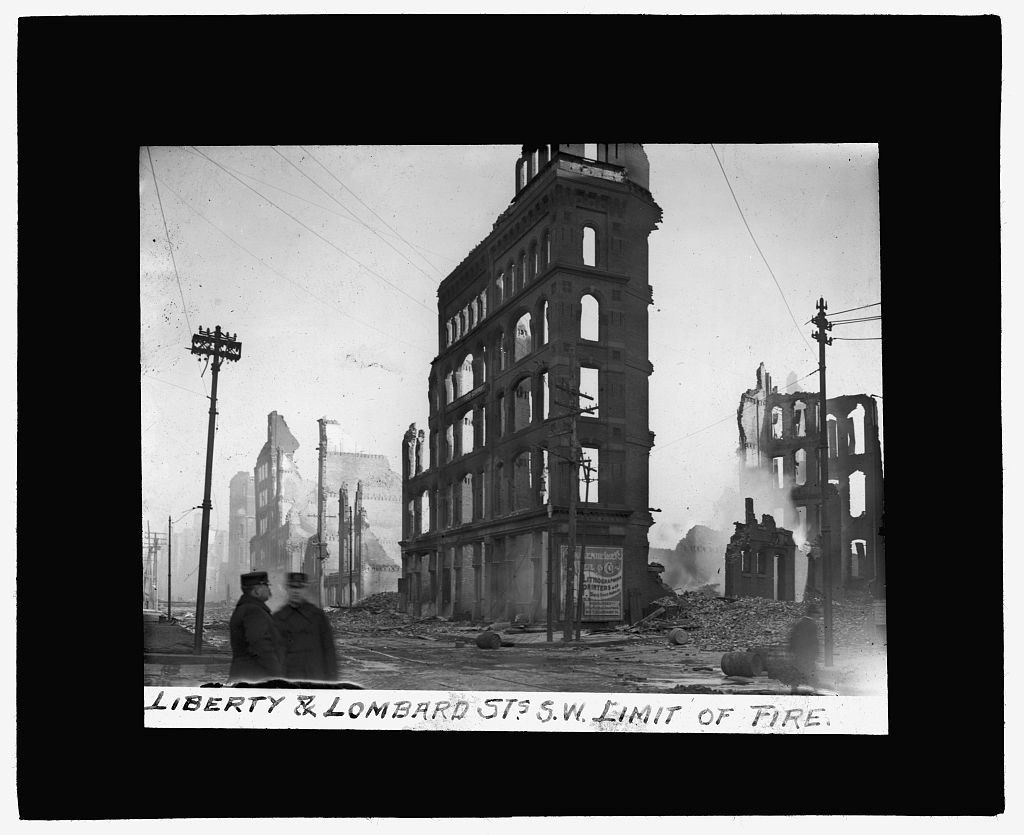
In total, 105 men responded with about 19 pieces of apparatus, 60 horses, and 12,000 feet of hose. It took three hours and 34 minutes for the express trains to reach Baltimore.
When the men arrived in Baltimore, they headed to West Falls Avenue on the waterfront. There, they helped stop the fire from jumping across Jones Falls to the factories and lumber mills on the other side of the narrow neck of water.
It was during their brief time in Baltimore that a stray dog began following the members of Engine Company 26. The men called him Baltimore and decided to make him their mascot. The dog seemed agreeable to the arrangement and traveled back to New York via train to his new firehouse home.
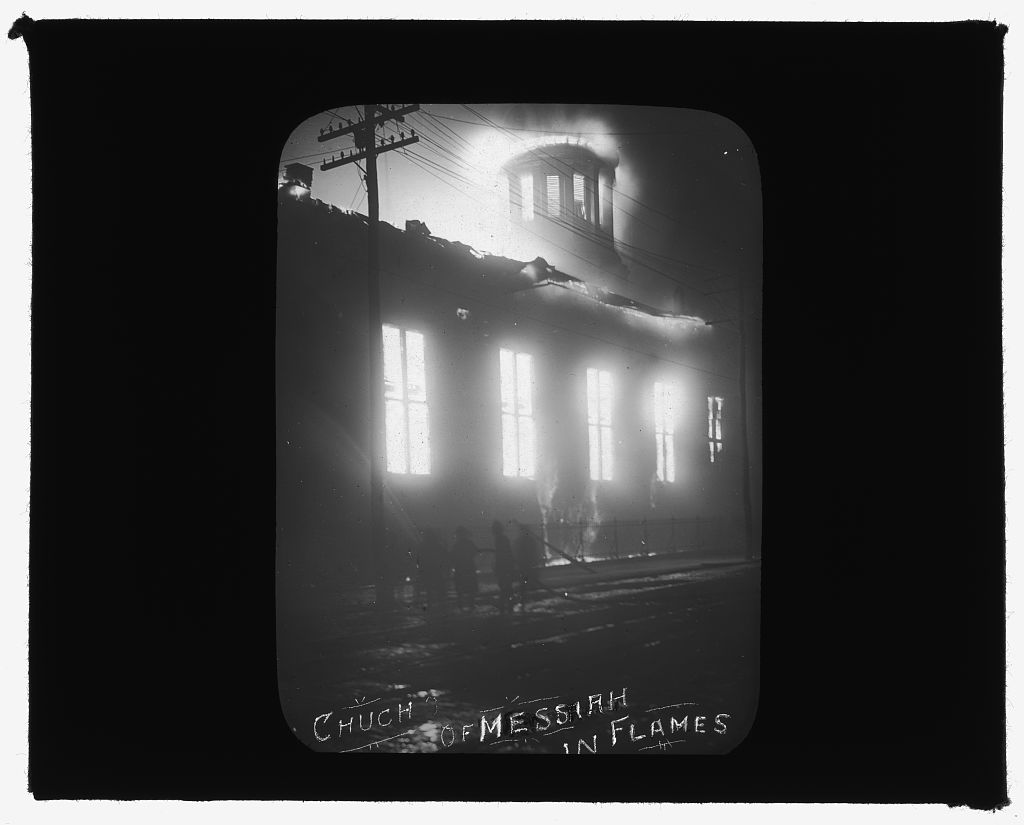
When the firemen arrived back in Jersey City the following evening, the dog was with them. As the members of Engine 26 boarded the ferryboat to return to New York, Baltimore ran ahead of the horses, who seemed pleased to share his company. The ferryman tried to corral the dog, but the firemen yelled, “Let Baltimore alone!” as they explained that the dog belonged to them.
During his first few days at the firehouse on West 37th Street, Baltimore refused to eat any kind of meat except ham. The men thought he might be a seafaring dog who only ate oysters. But then a dog fancier suggested dog biscuits, which he took to “like a child to ice cream.”
The men determined that he must have been the dog of an aristocrat. As one man noted, “A dog reveals the manners of his master.”
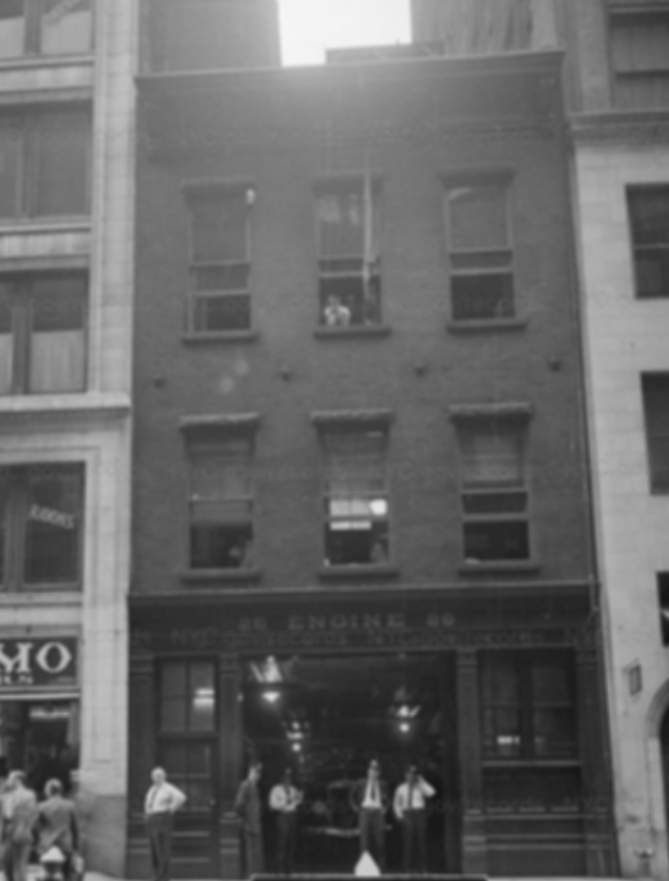
On February 13, the reporters who had traveled to Baltimore presented the dog with a collar of heavy leather, decorated with brass studs. The collar had a plate bearing the inscription, “Baltimore, Feb. 9, 1904. A Waif from the Flames.” The firemen told the reporters that Baltimore was a foxhound, “or if he ain’t that, he is of a breed not to be questioned, because if he is different from standard breeds he is a breed all to himself.”
Baltimore was afraid of the reporters at first, perhaps because they didn’t look or smell as they did on the train, covered in soot and reeking of smoke. He hid behind his firemen friends until he saw them welcome the strangers into their firehouse. When a reporter placed the collar on his neck, he strutted around to show it off in front of the horses.
There are no further reports of Baltimore, albeit he was featured in Alfred Downe’s “Fire Fighters and Their Pets,” which was published in 1907, and he will also be featured in my upcoming book, “The FDNY Mascots of Gotham.”
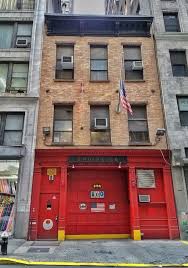



Peggy,
We are in Baltimore right now so your latest story was fun to read!
I’m so glad you enjoyed the story — hope you had fun in Baltimore!